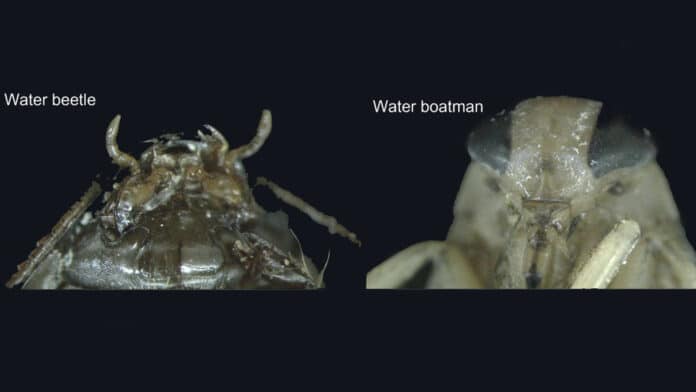Passive acoustic monitoring has been used for decades as a non-invasive tool for quantifying biodiversity in terrestrial and marine ecosystems. Recently, there has been increased interest in the potential for the method to survey freshwater biodiversity.
840 hours of underwater sound recordings from five ponds in the southwest of the United Kingdom were gathered to understand better the daily acoustic fluctuation in aquatic insect-dominated temperate pond soundscapes. The University of Bristol investigated diel trends using six commonly used acoustic indices, and each acoustic index was evaluated for its usefulness in identifying ecologically diverse pond soundscapes.
This acoustic technique allows for the inference of species’ presence and ecological health merely by listening to the surrounding environment, with no harm to the environment’s plants and animals. The acoustic monitoring of freshwater ecosystems will benefit from this research, which is the first to provide a thorough description of pond soundscapes in the UK and will aid in preventing irreversible species loss due to climate change and habitat loss.
The audio files revealed clear daily acoustic activity cycles in each pond.
Aquatic insects typically produce a nocturnal chorus by rubbing their genitalia against their abdomens to attract mates. However, during the day, the underwater orchestra is dominated by aquatic plants, which emit repetitive whining and ticking sounds as they breathe in the hot sun.
Prof. Gareth Jones said: “Recording animal sounds has provided great advances for monitoring and surveying terrestrial animals remotely. Given the rich diversity of underwater sounds that are only now being revealed, the potential for assessing the health of freshwater ecosystems is great, especially with low-cost monitoring devices now becoming available.”
Prof. Martin Genner said, “Freshwater habitats, such as ponds, lakes, and rivers, are vitally important for biodiversity. This study shows how we can use soundscapes to learn more about the daily cycles of freshwater life and gives insight into how we can use sounds to learn about the species that live within our inland waters.”
Journal Reference:
- Jack A. Greenhalgh, Martin J. Genner, Gareth Jones. Diel variation in insect-dominated temperate pond soundscapes and guidelines for survey design. Freshwater Biology. DOI: 10.1111/fwb.14092
